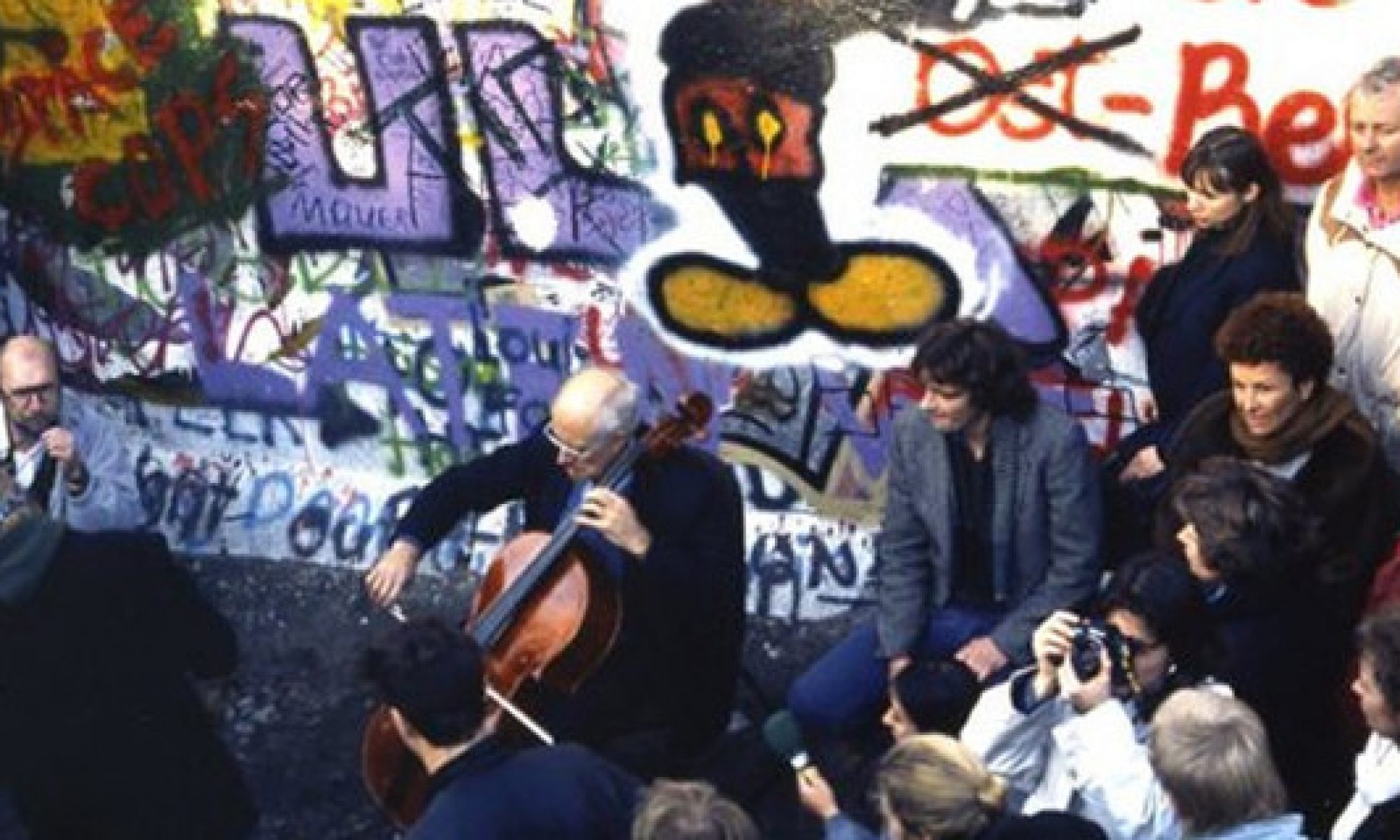Mason Secreti
HIS315 Blog Post
September 9, 2019
These readings for the 12th of September were concerned with the formation and the spread of socialist content of Asian and Soviet-influenced satellite states throughout Europe. Music nationalism and soviet realism, perpetrated by the Soviet government, infiltrated Kazakhstan. They wished to spread their influence and the Soviet culture. “Moreover, pro-worker, pop-opera, and mass dance themes presented socialist realism as a legitimate aesthetic that reached deep into the collective consciousness of the Kazaks (Rouland, 200).” This is interesting because previously soviet realism rejected anything remotely relevant to the West. But now, as the Soviet reputation engulfs eastern Europe, Western ideologies and culture are now seen as acceptable and part of Soviet repertoire. The fall of the radical RAPP and RAPM groups allowed for a breath of fresh air in Soviet creativity, however, music and art must still be “Socialist in content,” which proved to be difficult to execute as an artist. It was also notable, to me, that Azerbaijan was formed because borders were drawn around it – and great composers, who acted as musical crusaders throughout these Soviet satellites, marched in and forced a change in culture. For instance, Soviet composer Gajibekov spent time studying Azerbaijani folk music, in an attempt to more completely understand their culture to further assimilate them into the Soviet sphere. Lots of cultural shifting – such as the kobiz, an instrument reserved for shamans, was “therefore transformed into an instrument of mass choir (Rouland, 193).” This man was heavily anti-orientalist, saying that “Augmented seconds in music, images of the nightingale and rose in po- etry, flower-bud ornaments in the visual arts, multicolored costumes and ceremonious bows in the theater: all this pseudo-Eastern style can only jar on an Eastern people and violate their spirit and tastes (Frolova-Walker, 353).”
- What do you think was the greatest obstacle for the Soviets to spread their influence?
- What do you personally believe Stalin meant, “Socialist in Content?”
- Why do you think Lenin said, “A culture designed to educate the masses was an essential foundation of socialism?” Do you think he succeeded in this?
- Andrey Olkhovsky said, “The musical creative life of other Soviet republics is extremely weakly developed. These republics have neither national composer of their own nor a sufficient basis for their development, since their artistic consciousness has not yet been developed.” What do you take from this? Do you think this is true, or is he belittling the other Soviet states?
- Ultimately, was the spread of Soviet culture successful? Are the effects still seen today?
- A nation’s position in the hierarchy determined the rate at which they became “soviet-alized.” Do you think this hindered certain nations development?
- Do you think the dakada, international displays of Soviet art at the Bolshoi Theater, was genuinely a display or art, or rather, power?
- Shirin Akiner argued that the spread of Soviet Kazak art is to “fulfil an ideological role that replaced ‘primitive traditional art,’ to create strong linkages with other Soviet cultures, while maintaining diversity, and to shape a local understanding of their historical past (Rouland, 185).” Would you agree with this? Is it right to call other native cultures “primitive?”

